Disclosure: This article contains affiliate links. We may earn a commission from purchases at no extra cost to you, which helps our travel content.
Standing at the southernmost city in the world, I felt the wind carry a peculiar melody – a haunting blend of crashing waves, rustling lenga trees, and distant glacier creaks. Ushuaia, Argentina – the gateway to Antarctica and the crown jewel of Tierra del Fuego – had beckoned me for years, promising a symphony of untamed wilderness unlike anywhere else. As someone who's spent years recording the soundscapes of mountain ranges across four continents, I was drawn to this edge-of-the-world outpost not just for its dramatic peaks, but for the unique acoustic fingerprint that only exists where the Andes finally surrender to the sea. For two unforgettable weeks, I traversed Ushuaia's most spectacular trails, recording both the visual and auditory majesty of a landscape that feels like Earth's final frontier. This isn't just another hiking destination; it's nature's amphitheater, where every footstep echoes with primal resonance.
The Symphony of Martial Glacier
My journey began with what locals call the 'warm-up trek' – the trail to Martial Glacier. Don't let that modest description fool you; this 7km round-trip hike delivers a vertical gain that had my calves singing their own special kind of blues. I set out at dawn, my trekking poles clicking rhythmically against the rocky path as I ascended through forests that gradually gave way to alpine terrain.
What makes this trail extraordinary isn't just the glacier itself, but the acoustic journey. The lower sections buzz with birdsong – the distinctive calls of Austral thrushes and Magellanic woodpeckers providing nature's percussion. As you climb higher, the soundscape shifts dramatically; wind becomes the dominant instrument, playing through rock formations and creating ethereal whistling tones I've only otherwise heard in the highest passes of Patagonia.
Reaching the viewpoint below the glacier, I set up my field recorder to capture what I can only describe as 'ice music' – the delicate pings and deep groans of a glacier that's been retreating for decades but still commands reverence. Below, Ushuaia looked like a tiny outpost of civilization, vulnerable against the vastness of the Beagle Channel and mountains beyond.
I spent an hour there, alternating between recording and simply absorbing the view through my viewfinder. The light in Tierra del Fuego has a quality I've never seen elsewhere – a crystalline clarity that photographers dream about, especially during the 'blue hour' when the glacier takes on an almost supernatural glow.
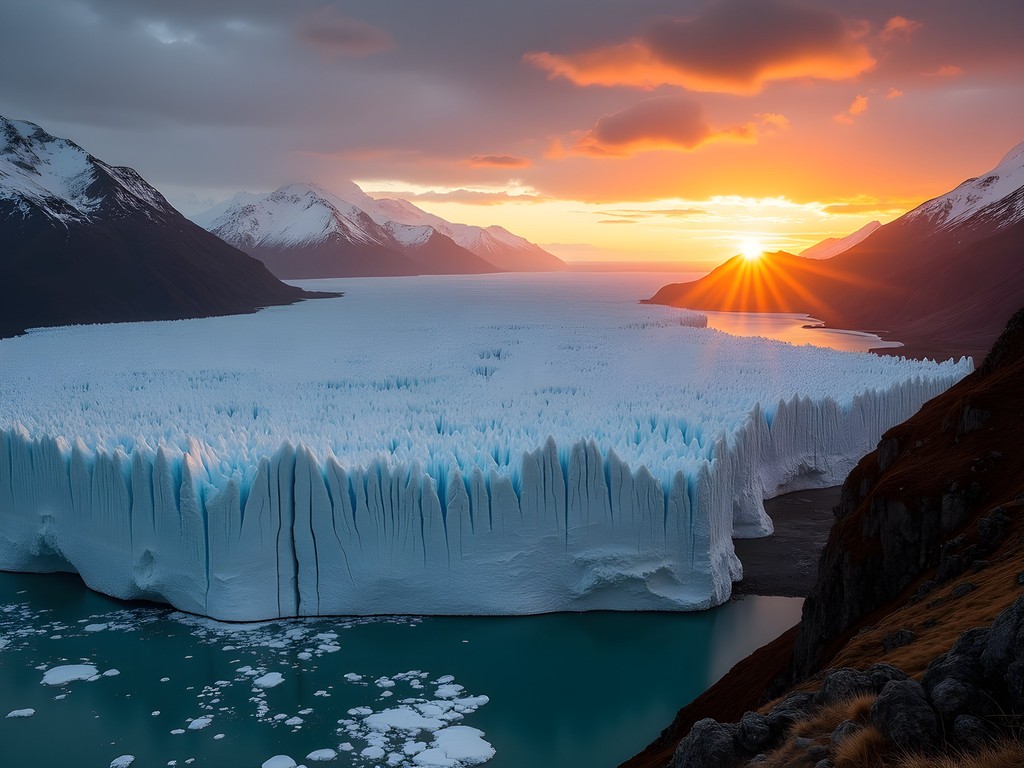
💡 Pro Tips
- Start the Martial Glacier hike early (before 9am) to avoid crowds and catch the best morning light
- The final ascent requires scrambling over loose rocks – trekking poles are invaluable here
- Pack layers – the temperature difference between the base and glacier viewpoint can be 15°F or more
Laguna Esmeralda: The Turquoise Crescendo
If Martial Glacier is the opening act, then Laguna Esmeralda is the headliner that leaves you breathless. This 9km round-trip journey through peat bogs, forests, and rocky terrain culminates at what might be the most perfectly colored alpine lake I've ever encountered – a vibrant turquoise pool cradled by snow-capped peaks and hanging glaciers.
The trail begins innocently enough, winding through lenga forests whose leaves created a gentle rustling soundtrack as I hiked. About a kilometer in, you'll encounter the infamous peat bogs – muddy sections that can swallow an unprepared hiker's boots whole. My waterproof hiking boots proved their worth here, keeping my feet dry despite some sections where the mud reached mid-calf.
What makes this trail uniquely challenging isn't its steepness but rather its constantly changing terrain. You'll traverse wooden boardwalks, rock-hop across streams, and navigate root-tangled forest paths before emerging into open valleys that channel wind in ways that created what I can only describe as natural wind instruments – hollow, flute-like tones that I spent nearly an hour recording.
The final approach to the laguna delivers that moment every hiker lives for – when you round a corner and the landscape suddenly opens to reveal something so beautiful it stops you mid-stride. The lake's color defies adequate description, shifting between emerald and turquoise depending on the light. I arrived as afternoon clouds were playing tag with the sun, creating spotlights that danced across the water's surface.
I set up my portable audio gear near the shore, capturing the gentle lapping of waves against stones, occasional ice calving from the distant glacier, and the distinctive calls of caracara birds circling overhead. This sonic landscape – water, ice, wind, and wildlife – created a natural ambient track that no studio could ever replicate.
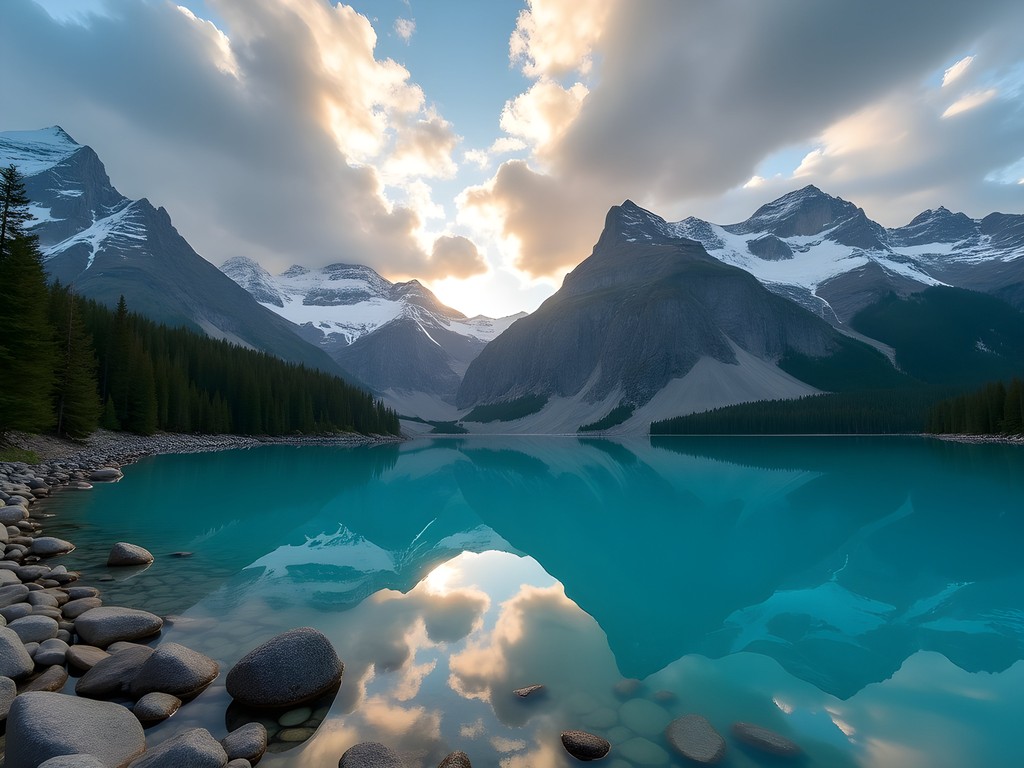
💡 Pro Tips
- Wear waterproof boots and consider gaiters for the extensive peat bog sections
- The trail can be extremely muddy after rain – allow extra time during wet periods
- Pack a lightweight sitting pad – the rocky shores are perfect for extended contemplation but hard on the posterior
Tierra del Fuego National Park: A Wilderness Concerto
No musical composition is complete without variations on its theme, and Tierra del Fuego National Park offers precisely that – multiple trails showcasing different facets of this remarkable ecosystem. I dedicated four full days to exploring the park, focusing on the Coastal Path (Senda Costera), Cerro Guanaco trail, and the lesser-known Senda Hito XXIV.
The Coastal Path delivers exactly what its name promises – a relatively flat 8km trail hugging the shoreline of the Beagle Channel. What makes this path special is the interplay between forest and sea; one moment you're enveloped in dense woods filled with birdsong, the next you're standing on windswept beaches where the waves create a hypnotic rhythm against the shore. I recorded what I call 'forest-meets-sea soundscapes' here – the unique acoustic environment where two distinct ecosystems converge.
For a more challenging adventure, Cerro Guanaco (Mount Guanaco) offers what might be the park's most rewarding summit trek. The 8km round-trip climbs over 1,000 meters through distinct ecological zones, each with its own sonic character. The forest sections buzz with life – insects, birds, rustling leaves – while the upper reaches above the treeline present an entirely different soundscape dominated by wind and the occasional mournful call of a condor.
Reaching the summit required scrambling over some exposed sections where my hiking daypack proved invaluable for maintaining balance while keeping my recording equipment secure. The 360-degree panorama from the top reveals the true end-of-the-world character of this region – Chilean peaks to the west, the vast expanse of the Beagle Channel, and endless mountains fading into the horizon.
The most profound moments came during my trek along Senda Hito XXIV, which leads to the actual border marker between Argentina and Chile. There's something powerfully symbolic about standing at this remote boundary, where political borders seem absurdly artificial against the continuity of nature's design. I recorded several minutes of silence here – not true silence, of course, but the subtle ambient soundtrack of wind through grass, distant water, and the barely perceptible sounds of a landscape breathing.
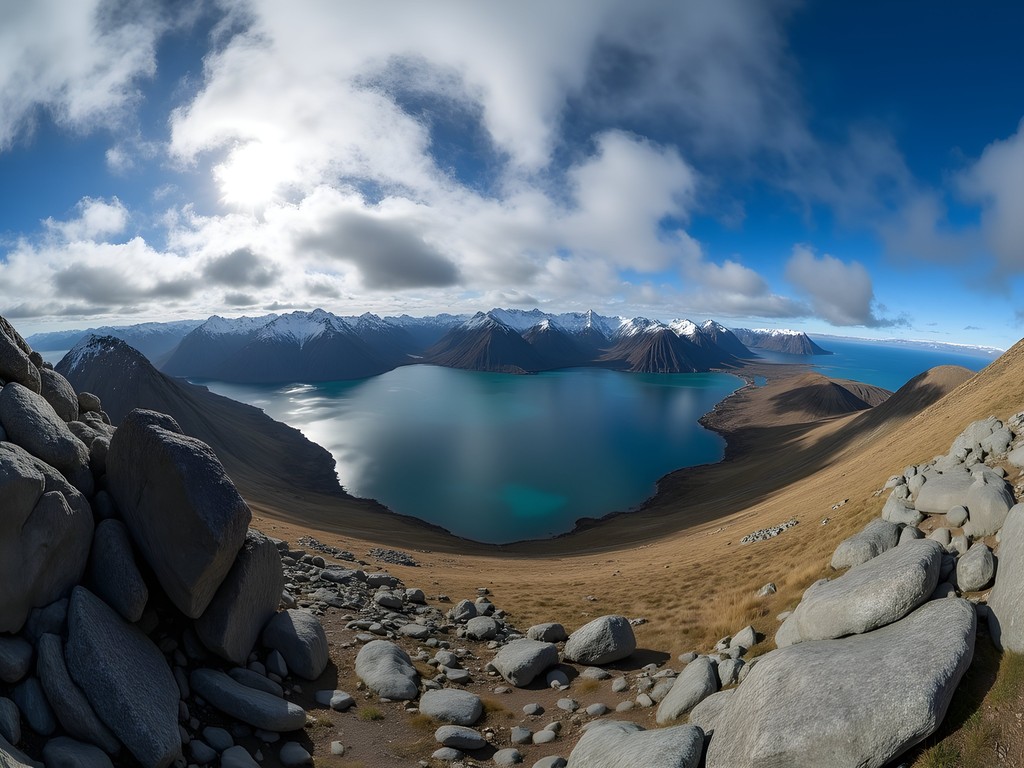
💡 Pro Tips
- Purchase your national park entry ticket in Ushuaia the day before to avoid morning lines
- The park's microclimate can produce four seasons in one day – pack accordingly
- Cerro Guanaco's summit can be extremely windy – secure loose items and bring a windproof layer
Glacier Vinciguerra: The Hidden Track
Every great album has that one hidden track – the unexpected gem that true fans discover with delight. In Ushuaia, Glacier Vinciguerra and its turquoise lagoon play this role perfectly. Less frequented than other trails, this challenging 16km round-trip route delivers solitude and raw wilderness that feels increasingly rare in our hyper-connected world.
The trail begins deceptively gentle, winding through dense forest where I encountered more bird species than on any other hike. About 3km in, the real work begins – steep switchbacks through increasingly rugged terrain that had me grateful for my trekking gear with its excellent weight distribution and stability features.
What makes Vinciguerra special isn't just the destination but the journey itself. The middle section traverses a remarkable landscape of beaver dams – evidence of these introduced species that have dramatically altered the ecosystem. The sound of water trickling through these structures creates a peculiar percussive element I captured with my directional microphone, adding an unexpected dimension to my Ushuaia soundscape collection.
The final approach to the glacier requires some legitimate scrambling over loose moraine – this isn't a trail for beginners or those uncomfortable with exposure. My space buns hairstyle (my signature hiking style since my first return trip to Korean mountains) proved practical here, keeping hair out of my face during the technical sections.
The reward for this effort? Standing before a glacier that feels genuinely wild, untamed by infrastructure or crowds. The lagoon at its base shifts between deep blue and turquoise depending on glacial silt content and light conditions. I spent nearly two hours here, alternating between recording the subtle sounds of ice movement and simply sitting in contemplation of this massive ice river slowly carving its path through ancient rock.
What struck me most was the acoustic clarity. Without crowds or even distant city sounds, I could hear the glacier itself – occasional cracks, groans, and the delicate tinkling of meltwater creating nature's own ambient soundtrack. As someone who has recorded mountain environments across multiple continents, I can say with confidence that Vinciguerra offered one of the purest acoustic experiences I've encountered.

💡 Pro Tips
- This trail is poorly marked in sections – download offline maps before attempting it
- The final approach crosses potentially hazardous moraine fields – trekking poles provide essential stability
- Start early – the round trip typically takes 7-8 hours for experienced hikers
The Culinary Counterpoint: Refueling in Ushuaia
Any serious trekker knows that mountain adventures require serious refueling, and Ushuaia's culinary scene offers a fascinating counterpoint to its wilderness experiences. As someone with a deep appreciation for both Korean and plant-based cuisine, I was pleasantly surprised by the options available in this remote outpost.
After particularly grueling days on the trails, I developed a ritual of heading to Ramos Generales, a historic general store turned restaurant on Ushuaia's main street. Their hearty lentil stew became my recovery meal of choice – rich, warming, and perfectly complemented by local Fuegian bread that has a distinctive sourdough quality I haven't tasted elsewhere.
For plant-based travelers, Verde Resto Bar became my second home. Their vegan Fuegian mushroom risotto incorporates foraged fungi from the surrounding forests, creating a dish that literally tastes of the landscape you've been hiking through. The chef explained how the unique growing conditions at this latitude – including extended summer daylight hours – give local produce distinctive flavor profiles.
What truly surprised me was discovering Kalma, a tiny café offering a fusion menu that included surprisingly authentic Korean-inspired dishes. Finding kimchi at the end of the world was unexpected, but their kimchi jjigae (stew) provided a comforting taste of my birth culture after days of challenging hikes. The owner explained that several Korean fishing vessels dock in Ushuaia throughout the year, influencing local cuisine in subtle ways.
Perhaps most memorable were the evening gatherings at Bar Ideal, where local musicians often perform. After recording natural soundscapes all day, immersing myself in human-created music offered beautiful contrast. One evening, I witnessed an impromptu jam session between traditional Fuegian folk musicians and crew members from a visiting Antarctic expedition ship – a musical conversation between cultures that perfectly captured Ushuaia's position as a global crossroads despite its remote location.
I even had the opportunity to share some of my mountain recordings with local musicians, who were fascinated by the idea of incorporating natural soundscapes into their compositions. This exchange reminded me why I travel this way – seeking connections through sound that transcend language barriers.
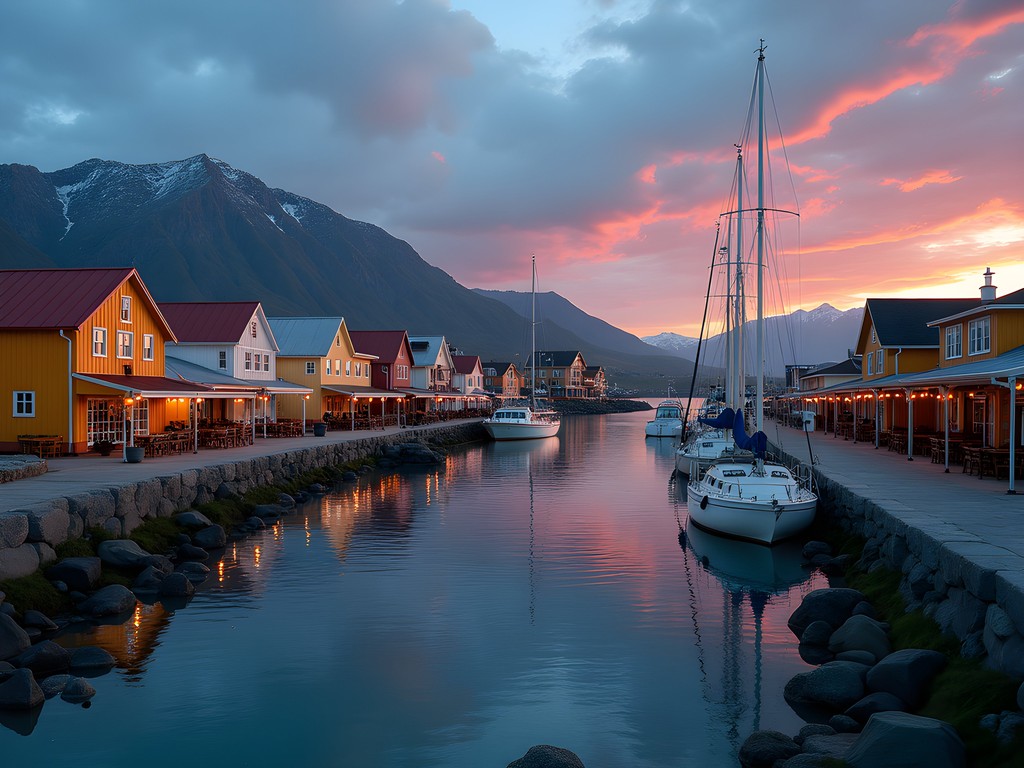
💡 Pro Tips
- Most restaurants close between lunch and dinner (roughly 3-7pm) – plan accordingly
- Reservations are essential during high season (December-February), especially for smaller establishments
- Try the local craft beers from Cape Horn Brewing – they use glacial water in their brewing process
Final Thoughts
As my two weeks in Ushuaia drew to a close, I found myself sitting at the harbor's edge, headphones on, listening to the audio diary I'd compiled – a sonic journey through some of the most breathtaking landscapes on Earth. The mountains here don't just offer visual splendor; they sing with a voice unlike any other place I've experienced. For those willing to venture to this remote corner of Argentina, Ushuaia offers more than just bragging rights about reaching the world's southernmost city. It provides a profound connection to wilderness that feels increasingly precious in our crowded world. Whether you come for the challenging trails, the unique ecosystems, or simply the thrill of standing where the continent ends, these mountains will leave their mark on you. And perhaps, like me, you'll find yourself listening more deeply to the natural world long after you've returned home. The end of the world, it turns out, is really just the beginning of understanding our connection to this remarkable planet.
✨ Key Takeaways
- Ushuaia's trails offer diverse experiences from accessible day hikes to challenging wilderness adventures
- The region's unique position creates distinctive ecosystems and soundscapes found nowhere else on Earth
- Proper gear and preparation are essential due to rapidly changing weather conditions
- The shoulder seasons (October-November and March-April) offer fewer crowds while still providing accessibility to major trails
📋 Practical Information
Best Time to Visit
December through March (Southern Hemisphere summer)
Budget Estimate
$100-150 USD daily (including mid-range accommodation, meals, and transportation)
Recommended Duration
Minimum 7 days, ideally 10-14 days
Difficulty Level
Moderate To Challenging, With Options For All Experience Levels

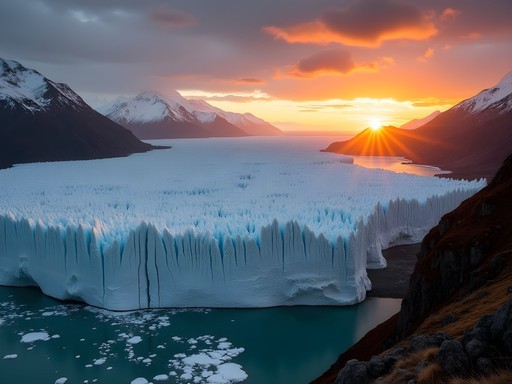
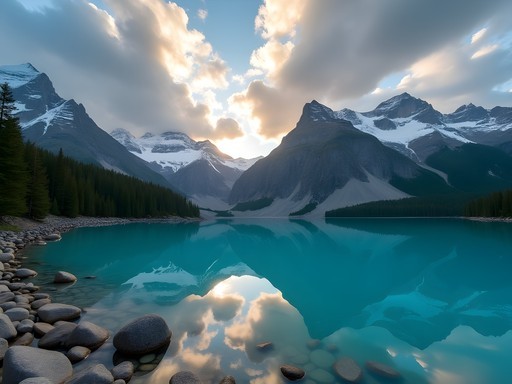
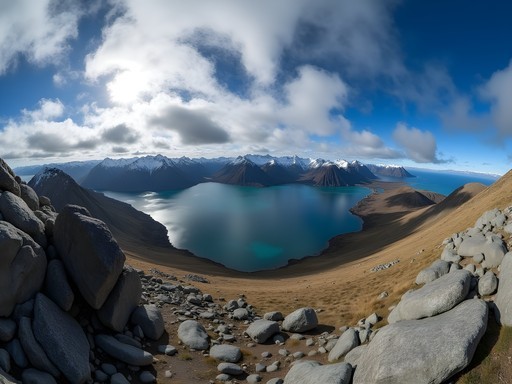
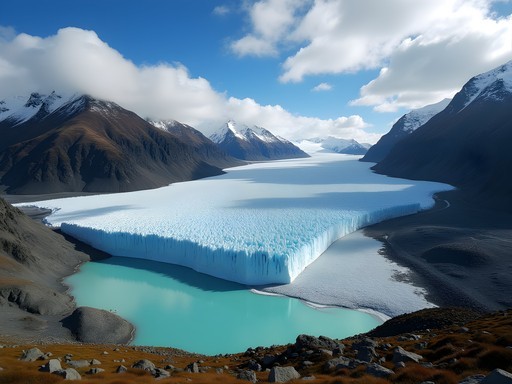
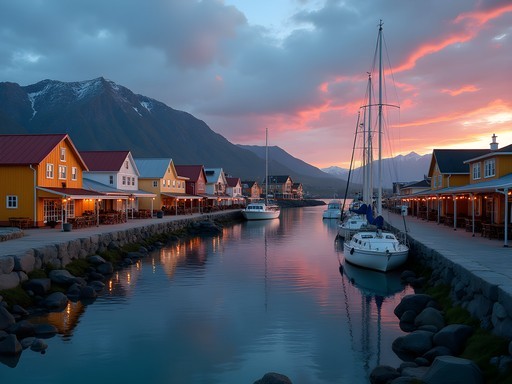



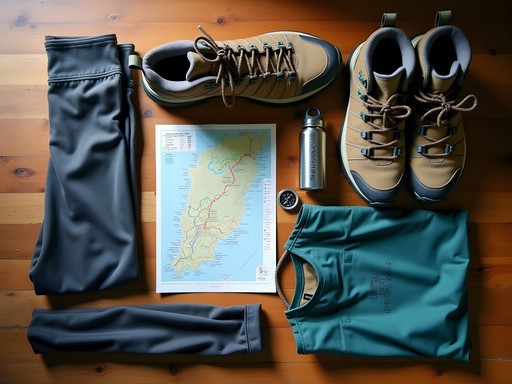
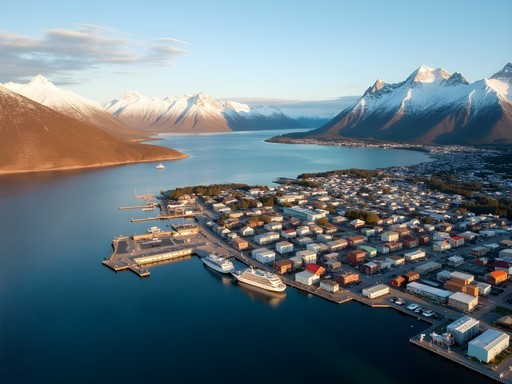



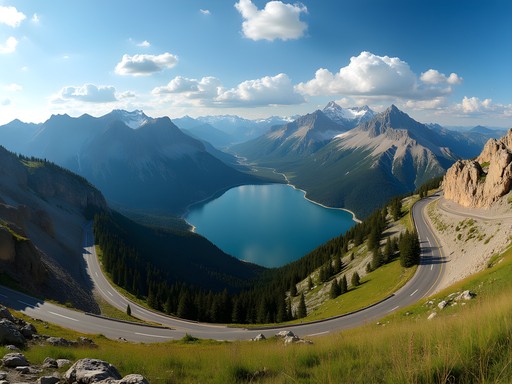
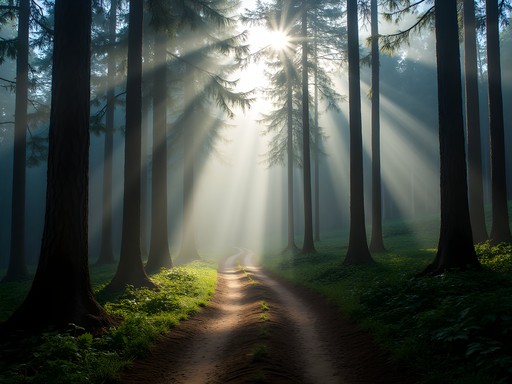
Comments
Sophia Gomez
This post brought back so many memories! I visited Ushuaia last year during a business trip to Buenos Aires and extended my stay just to experience these trails. The Laguna Esmeralda hike was magical - that turquoise water against the mountain backdrop is even more vibrant in person than photos can capture. One tip for anyone planning to go: the mud on this trail can be intense after rain! I saw so many people in regular sneakers struggling. Also, don't miss the short trails in Tierra del Fuego National Park if you're short on time. The coastal path has these incredible views where you can literally see the "end of the world" feeling the author described so beautifully. The wind carries stories there, I swear.
Savannah Wood
Thank you for adding this, Sophia! You're so right about the mud on Laguna Esmeralda - I should have emphasized that more. And yes, those coastal paths in the national park are pure magic, especially at sunset!
winterexplorer
Great post! What time of year did you visit? Planning a trip and wondering when is best for these trails.
Savannah Wood
Thanks for asking! I went in late January/early February which is summer there. Perfect hiking weather with long daylight hours. December-March is generally best, but pack layers as weather changes quickly!
winterexplorer
That's super helpful, thanks! Did you need any special gear for the glacier hikes?
Savannah Wood
For Martial Glacier, good hiking boots are enough in summer. But for Vinciguerra, I'd recommend proper trekking poles and hiring a guide who provides crampons. My hiking boots were perfect for all the trails!
wildpro
Those glacier photos are absolutely stunning! Definitely adding Ushuaia to my bucket list.
Sophia Gomez
Right?! I was in Ushuaia last year and the Martial Glacier trail literally took my breath away. Both from the climb and the views!
wildpro
Was it difficult? I'm reasonably fit but not a hardcore trekker.
Sophia Gomez
The Martial Glacier trail is moderate - steep in parts but doable if you take your time. Laguna Esmeralda is easier and just as beautiful. Just be prepared for that Patagonian wind!
Sophia Gomez
Savannah, your audio diary concept is brilliant! I was in Ushuaia last winter for a conference and managed to sneak away for the Martial Glacier trek. The way you described the 'symphony' of sounds is exactly what struck me most - that peculiar silence that's not actually silent at all. The wind carries whispers of the Antarctic just beyond the horizon. For anyone planning to visit, I'd add that accommodations book up surprisingly fast in high season. I stayed at a charming hostel run by a former Antarctic expedition cook who shared incredible stories each evening by the fireplace. The communal spirit there perfectly complemented the raw wilderness experience of the trails. Truly the end of the world has a way of bringing strangers together in the most meaningful ways.
springadventurer
Great post! I've done a lot of trekking but never in such a southern location. How did the trails in Tierra del Fuego National Park compare to other national parks you've visited? Also, did you need any special permits for these hikes?
Savannah Wood
The trails in Tierra del Fuego are unique because of the mix of subantarctic forest and coastal views - not something you find in many other places! Most trails don't require special permits beyond the national park entrance fee, except for Glacier Vinciguerra where it's recommended to go with a guide (which includes any necessary permissions). The trails are well-marked but less crowded than many popular parks in North America or Europe, which I found refreshing!
springadventurer
That sounds perfect! I love less crowded trails. Thanks for the detailed response!
staradventurer
Just booked my flights to Ushuaia for next March! This post couldn't have come at a better time!
bluetime
You're going to love it! March is supposed to be beautiful there with the fall colors starting.
Bryce Diaz
Your 'Symphony' metaphor is spot on, Savannah! I trekked those same trails last year and felt like I was walking through a natural concert hall. The wind through the lenga trees creates this haunting whistle that I still hear in my dreams. One thing I'd add for anyone planning to visit - the weather can change dramatically in minutes. I learned this lesson when a sunny morning on Martial Glacier turned into sideways rain by noon. My waterproof jacket was literally a lifesaver. Also, don't miss the small café at the base of Martial - their hot chocolate with a shot of local liqueur is the perfect post-trek reward!
Savannah Wood
You're so right about the weather, Bryce! I should have emphasized that more. And that café recommendation is spot on - I think I had that hot chocolate three times during my stay!
sunsetlover
Planning to visit in January! How challenging was the Glacier Vinciguerra trek? I'm a bit worried about my fitness level.
Savannah Wood
It's definitely the most challenging of the trails I mentioned, but totally doable if you pace yourself! Just make sure to start early and bring plenty of water. The views are worth every step!
sunsetlover
Thanks so much! That's really reassuring. Can't wait to experience it!
bluetime
Your photos of Laguna Esmeralda are absolutely stunning! That turquoise water against the mountains is unreal.
wanderlustmood
Pro tip: the hiking poles saved my knees on these trails. Ushuaia terrain is no joke!
Venture X
Premium card with 2X miles, $300 travel credit, Priority Pass